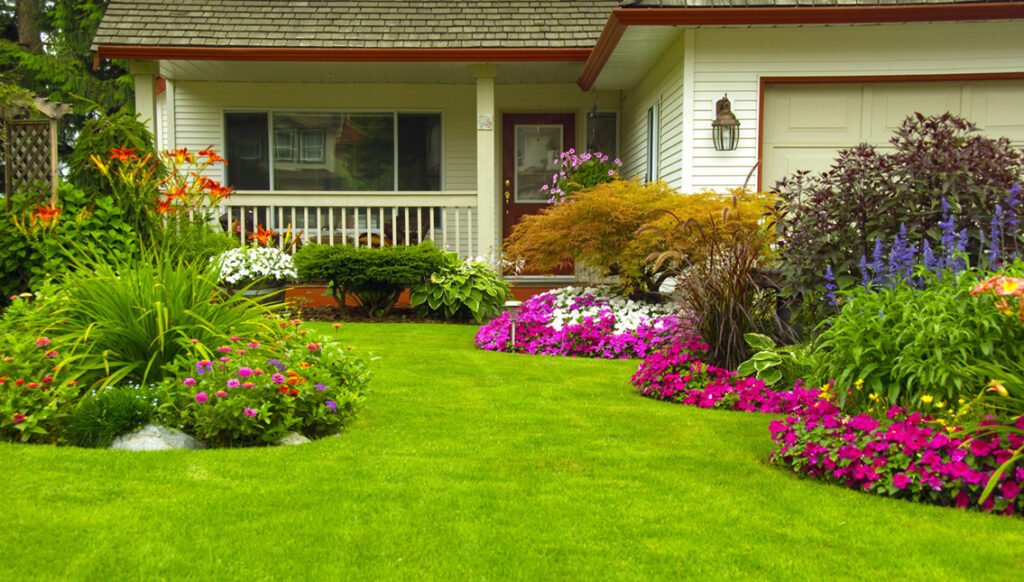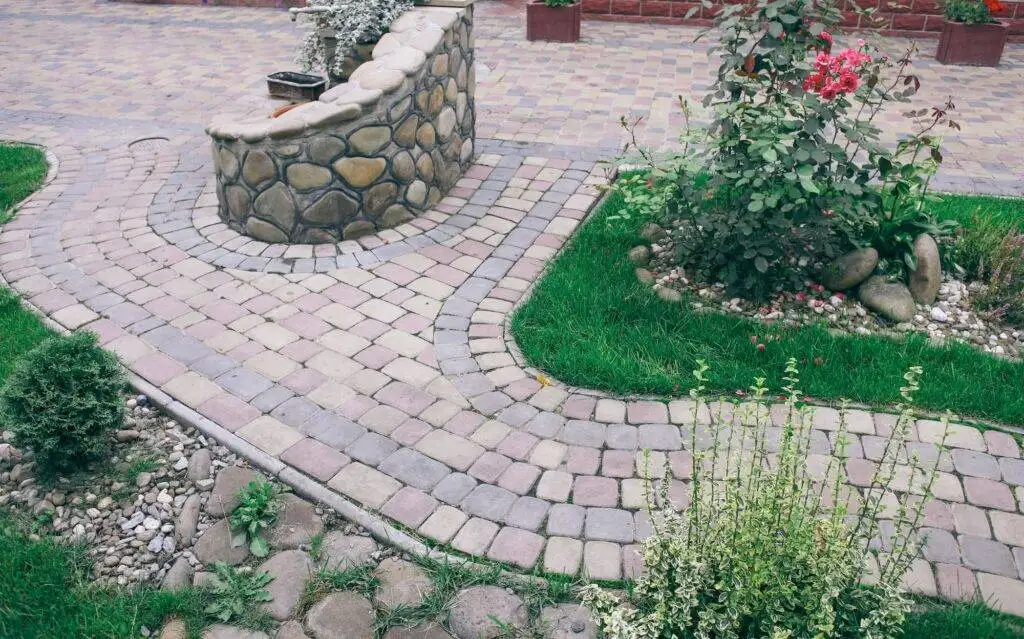When it comes to designing the perfect patio in Austin, Texas, choosing the right material is crucial for both aesthetic appeal and long-term durability. Flagstone and pavers are two popular options for outdoor patios, but each has distinct qualities that can impact your project. In this guide, we’ll dive into the key differences between flagstone and pavers, and help you decide which one is best suited for your Austin patio.


Why Flagstone and Pavers?
Both flagstone and pavers are renowned for their versatility and beauty, making them go-to choices for homeowners looking to enhance their outdoor living spaces. However, understanding the unique characteristics of each can lead to a better-informed decision. Austin’s warm, humid climate also plays a significant role in determining the best material for your patio.
What Is Flagstone?
Flagstone is a natural stone often used for patios, walkways, and landscaping projects. It comes in large, flat slabs, which can be cut to fit different designs. Flagstone’s natural appearance is its major selling point—each stone is unique, with variations in color and texture that create a rustic and organic feel. Popular types of flagstone include sandstone, slate, and limestone.
What Are Pavers?
Pavers, on the other hand, are man-made materials usually composed of concrete, clay, or natural stone. They come in a variety of shapes, sizes, and colors, offering a more uniform look than flagstone. Pavers are popular because they offer a high degree of customization, with the ability to create intricate patterns and designs for your patio.
Now, let’s compare the two materials in terms of several key factors.
Flagstone
Flagstone is incredibly durable, especially when sourced from high-quality stone like slate or limestone. Its natural formation makes it resistant to wear and tear, and when properly installed, it can last for decades. However, flagstone is more susceptible to cracking if exposed to extreme pressure or shifting ground. For Austin patios, flagstone is well-suited to the climate, as it can withstand heat and moisture without deteriorating too quickly.
Pavers
Pavers are also known for their durability, especially concrete and clay options. Concrete pavers are highly resistant to cracking and can withstand heavy foot traffic, making them ideal for patios that see frequent use. In Austin’s climate, pavers have an advantage in terms of uniformity and resistance to cracking under temperature fluctuations. Pavers are also easier to replace if damaged, which can be a significant benefit in the long run.
Flagstone
The primary appeal of flagstone lies in its natural beauty. With its unique shapes, textures, and color variations, flagstone provides a more organic and earthy look that blends well with natural landscapes. For homeowners in Austin who are looking to integrate their patio with the surrounding environment or achieve a rustic vibe, flagstone is an excellent option. Each stone is different, ensuring that your patio will have a one-of-a-kind appearance.
Pavers
Pavers, while often more uniform in appearance, offer a wide range of design options. They can be arranged in intricate patterns, such as herringbone, basket weave, or circular designs. Pavers are also available in a variety of colors and finishes, allowing you to achieve a more contemporary or uniform look. If you’re aiming for a sleek, modern patio in Austin, pavers may be the better option for achieving a clean, polished aesthetic.
Flagstone
Flagstone patios require some maintenance to keep them looking great. Over time, natural stone can become stained, especially in areas where water collects. Sealing flagstone can help protect it from stains and moisture damage, but regular cleaning and resealing are necessary to maintain its appearance. Additionally, because flagstone is made of natural stone, it may shift over time, requiring occasional resetting of the stones.
Pavers
Pavers tend to require less maintenance than flagstone. Their interlocking design reduces the likelihood of shifting, and since they’re often made from concrete or clay, they are more resistant to staining. While you may need to power-wash the surface occasionally to remove dirt and debris, pavers typically require less upkeep over the years. If a paver becomes damaged, it’s easy to replace just one or a few, making maintenance simple.
Flagstone
Flagstone is typically more expensive than pavers due to its natural origin and the cost of installation. The price will vary depending on the type of stone you choose, with higher-end options like slate costing more. Additionally, the cost of installation can be higher because flagstone requires more precise cutting and fitting, as well as a more labor-intensive process.
Pavers
Pavers are generally more affordable than flagstone, especially if you opt for concrete or clay varieties. While high-end natural stone pavers can be costly, they’re often more budget-friendly than flagstone. Installation costs for pavers are also lower, as the materials are easier to work with and can be installed more quickly.
In Austin, where the weather can range from hot summers to mild winters, both flagstone and pavers can work well. However, because of the potential for temperature fluctuations, pavers made from concrete or clay may offer better flexibility and resistance to cracking. Flagstone, though durable, might be prone to cracking if the ground shifts too much, particularly during the hot months.
Conclusion: Which Is Best for Austin Patios?
Choosing between flagstone and pavers ultimately comes down to your priorities. If you’re looking for a natural, rustic look that blends seamlessly with your landscape, flagstone could be the ideal choice. However, if you’re after a more uniform appearance with lower maintenance and greater design flexibility, pavers might be the better fit for your Austin patio.
Consider your budget, aesthetic preferences, and long-term maintenance needs to make the best decision. Both materials have their advantages, so the right choice will depend on your specific requirements and the look you want to achieve.



